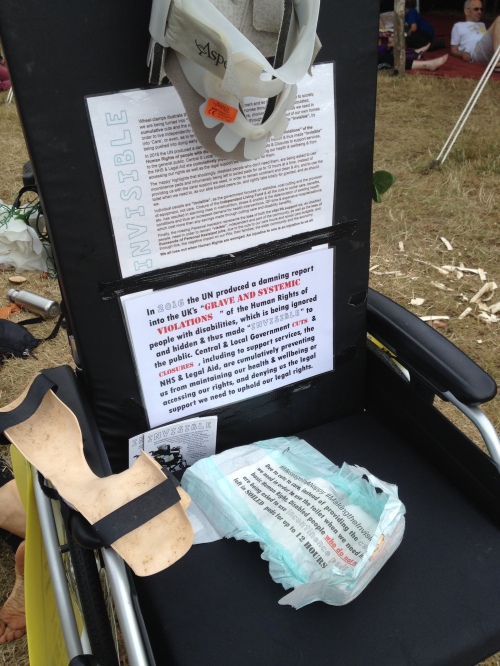The recycling of nappy waste has been on the horizon for the last 15 years or more. It’s just out of reach but the promise is, we’ll get there, it’s just a matter of time so we don’t need to do anything about nappy waste. After all we have a growing aging population who need disposable incontinence products so we need to sort out nappy waste recycling for that too, right? And it can all be turned into cat litter of which there is infinite demand, right?
But we agreed a waste hierarchy, the 3 Rs; Reduce, Reuse, Recycle and then disposal. Recycle is the second-worst solution to waste and yet we are constantly told recycling disposable nappy waste is the solution. You can recycle anything but do we want to? I was never convinced of the idea of fleece clothes made from recycled PET bottles. Now we know, fleece sheds in the washing machine and is bad for the ocean. Neither was I convinced of book marks or mouse mats made from old tyres – if it smells toxic it is toxic.
And just like book marks made of tyres, disposable nappies filled with SAPs (superabsorbent polymers) are toxic. They are toxic when incinerated but they also have bad side-effects. This can be changing babies less frequently leading to nappy rash. It can also be putting a child in super-absorbent nappy pants and thinking you are potty training your child. You are not. This habit has led to children of four years and over arriving for school unable to take themselves to the toilet. Who wants that for their child?
But SAPs in incontinence products for adults have also had unforeseen, unpleasant side-effects. While I was at the Buddhafield festival this year I saw this artwork on display. It’s drawing attention to the fact that disabled people are being left all day in super-absorbent nappies and this is an abuse of their human rights. It seems it’s not just waste that we need to design out of existence, it is also neglect.
Often these disabled people are not incontinent but they do need help to actually sit on a toilet or commode. The artwork and the UN say the UK government is guilty of violating the UN disability convention. No one would want this for their loved one. How can this be happening in this country in this century? This is neglect of the highest order. To treat the most vulnerable in our society like this makes us all less than human. How has this come about? How can it be stopped?
We need to wake up to the fact that certain inventions and also ways of thinking; economic efficiency and a slavish subservience to routines and procedures are the cause. They are what allows us to rationalise that this is an okay way to treat people who are unable to take themselves to the toilet.
Sometimes convenience, super efficiency, the seduction of the easy option can be the problem. When I had a baby in nappies I used mainly washable nappies but I usually had disposables in the house. One day I realised I was too frequently reaching for the disposable thinking it was easier: I was in a hurry or whatever. So, what I did was put the pack of disposables at the back of a very high cupboard. Before I could get a disposable nappy I needed to get a chair to stand on and move lots of things out of the way, I made them reachable but at a cost of time and energy. I found I used hardly any disposable nappies after that.
I don’t claim to have a simple solution to stop the inhumanity of leaving physically disabled people sitting in their own waste for as long as 12 hours. However, I have a suggestion that could be a step in the right direction. It is the SAPs (superabsorbent polymers) that make incontinent products and nappies so efficient and allow for this sort of neglect. If we were to stop making super abosorbent nappies we would remove our ability to do this. With a less efficient product we would have to ensure these vulnerable people got enough visits to the toilet.
Perhaps you haven’t yet had a loved-one in a similar position. When it happens to your loved-one, believe me, you will understand. Something needs to be done. And soon.
Meanwhile, we all need to be on board to raise awareness of washable nappies and the optimal time to help toddlers gain toileting independence.
